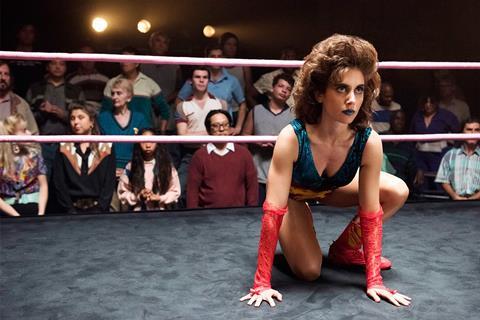The relaunch of DTT services in Germany based on DVB-T2 and HbbTV could be the shape of things to come, writes the EBU’s Peter MacAvock.
When HbbTV started its work on a hybrid TV standard back in 2009, the main focus was on providing a credible alternative to Teletext and facilitating over-the-top (OTT) services on TV sets.
Not that exciting you would think, but it was driven by public service broadcasters anxious to provide a means of making their increasingly popular catch-up TV available on TV sets.

Times have changed, Netflix is challenging pay-TV and free-to-air operators alike, and viewing habits show robust linear TV viewing and an explosion in mobile consumption.
Where do broadcasters position themselves in all this?
One might think that a public service broadcaster’s revenue is guaranteed and stable, but this is increasingly under threat.
Paradoxically, public service media is suffering a funding crisis in many markets that threatens the quality content that is the backbone of the medium. Commercial broadcasters are suffering increasing competition from targeted internet advertising and pressure on their access to eyeballs from a plethora of different media services.
Innovate or die is the motto, and we have already seen this happening amongst broadcasters. The move of BBC3 in the UK to online-only delivery is an example.
The format of the channel has changed, but it has met with surprising success and its increased reach and ratings are a thunderous endorsement of the move. It might have been forced online by the need to cut costs, but it was a brave move nonetheless, and consequently rare in the broadcast world.
“You can’t hold back the tide, you must surf the wave”
Which brings me to the meat of this article, the re-launch of DTT services in Germany based on tight integration of DVB-T2 and HbbTV.
Disregarding the platform’s popularity and reach, one wonders whether it is the shape of things to come?
Pioneering the future of TV
Let’s look at this from a consumer’s perspective.
With seamless integration between linear and online services through a backwards compatible EPG, covering all the channels available across the DTT platform, the dream of the blurring between online and broadcast is now a reality.
You might say that YouView pioneered this a long time ago, but is now possible in a free-to-air market based on a combination of open standards.
Add to this the brave decision to focus the service on 1080p 50 HEVC coded video – which looks very good on consumer 4K displays by the way – and you have a truly modern media experience in the living room.
I might be exaggerating somewhat of course, but we should not underestimate the strategic importance of German DTT.
With seamless integration between linear and non-linear, and a network operator taking a substantial proportion of the financial risk involved, broadcasters can be more relaxed about the multi-platform delivery approach. And what of OTT? Some broadcasters are offering their OTT services to pay-TV providers and use the service as a revenue generator, but this is not possible in all markets.

If OTT is an integral part of the future of broadcasting, and media organisations would like to exploit the flexibility offered by broadband delivery over broadcast, then the seamless integration now enjoyed by German audiences becomes a cornerstone of a broadcasters future distribution strategy.
In the world of pay-TV, this seamless integration is already taken for granted. It has to be.
As one industry observer recently put it to me: “Our linear business is very profitable, but it’s changing. Broadband is the way it’s moving, and the margins are much tighter, but we don’t have a choice. You can’t hold back the tide, you must surf the wave.”
Peter MacAvock is EBU Senior Manager of Delivery and Services.



























No comments yet